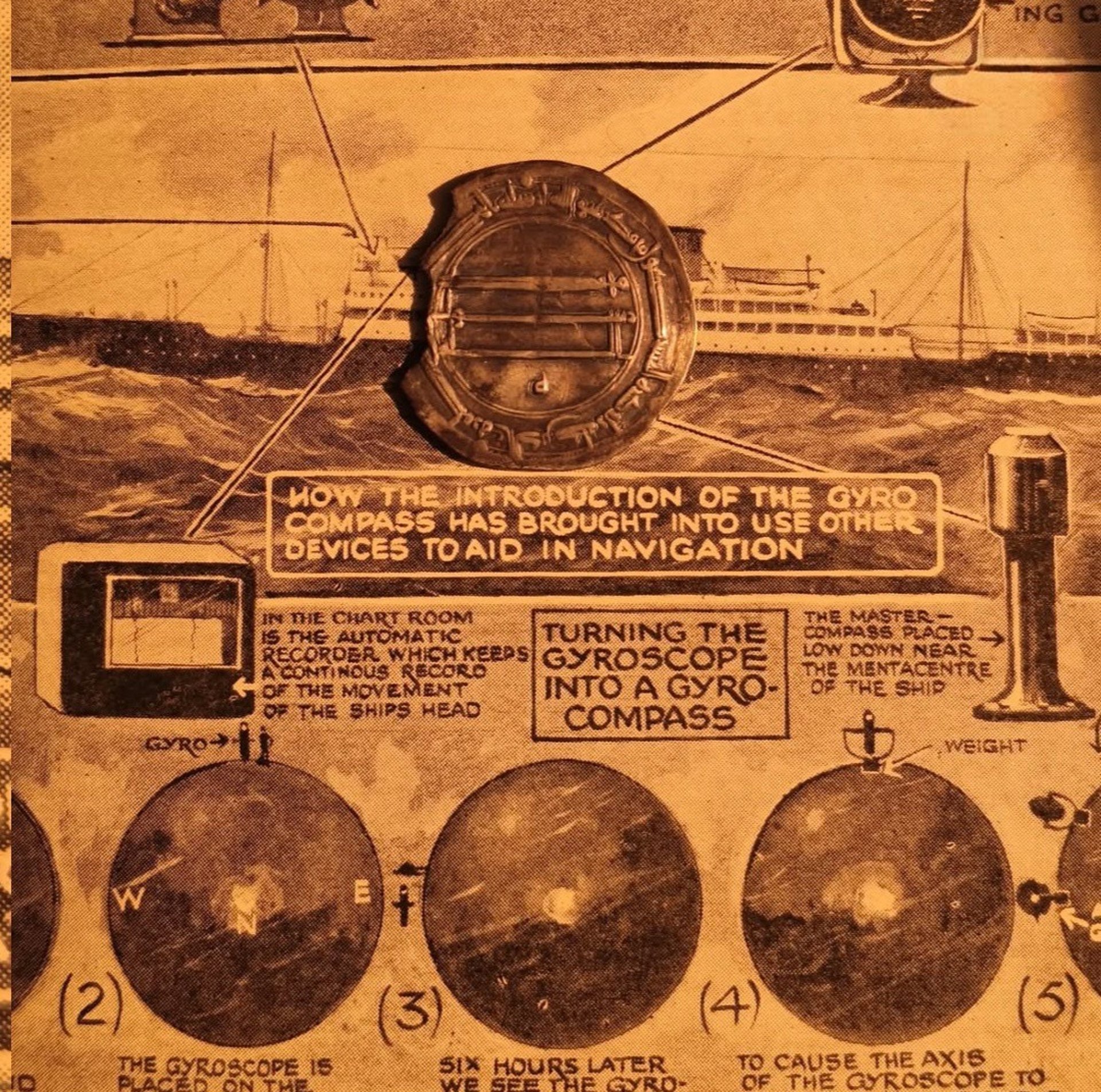
Reviving South Asia’s Forgotten Heritage

Silver Dirham coin Sultan Husain in the Timurid Empire from 1473 to 1511 AD
The Silver Dirham coin, minted during the reign of Sultan Husain in the Timurid Empire from 1473 to 1511 AD, holds a unique and rich historical significance. These coins, struck in the Herat mint, are exquisite examples of the artistry and opulence that characterized the Timurid dynasty’s zenith. What sets them apart are the intricately detailed calligraphy and designs that adorn their surfaces. These designs, often featuring ornate Arabic script and patterns, showcase the empire’s cultural and artistic achievements during Sultan Husain’s rule. Beyond their artistic appeal, these coins functioned as a means of exchange during a pivotal period in history. They participated in trade along the Silk Road, facilitating commerce and cultural exchanges between East and West. The stories of these coins don’t stop at their creation; they also reflect the ebbs and flows of a dynamic empire, with the potential to have been stored in royal treasuries, scattered during times of conquest or political upheaval, and lost or hidden for centuries. Collectors, historians, and enthusiasts continue to be captivated by these coins as they represent more than just currency; they represent a tangible link to a bygone world of splendor, commerce, and diplomacy during Sultan Husain’s illustrious reign in the Timurid Empire.
